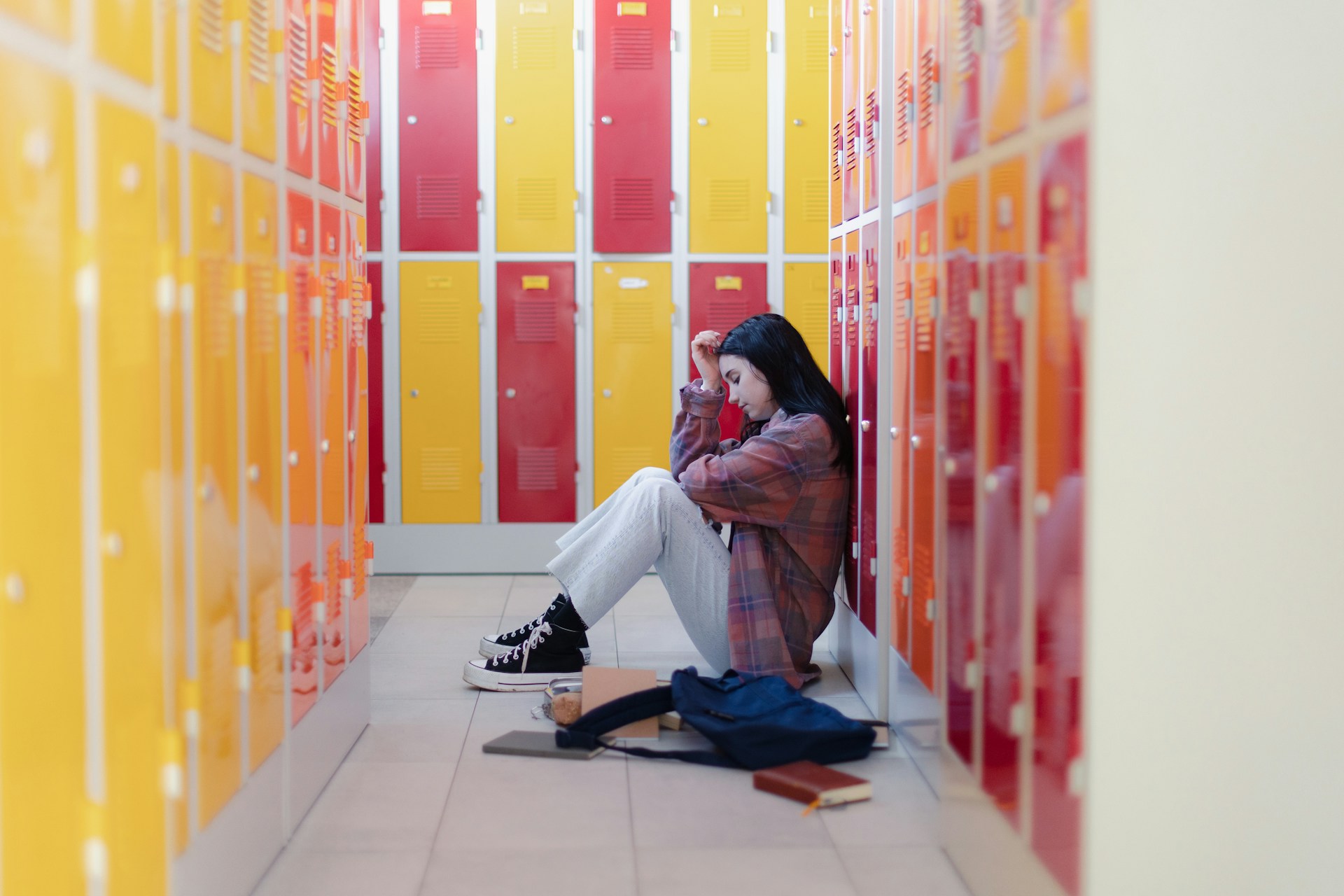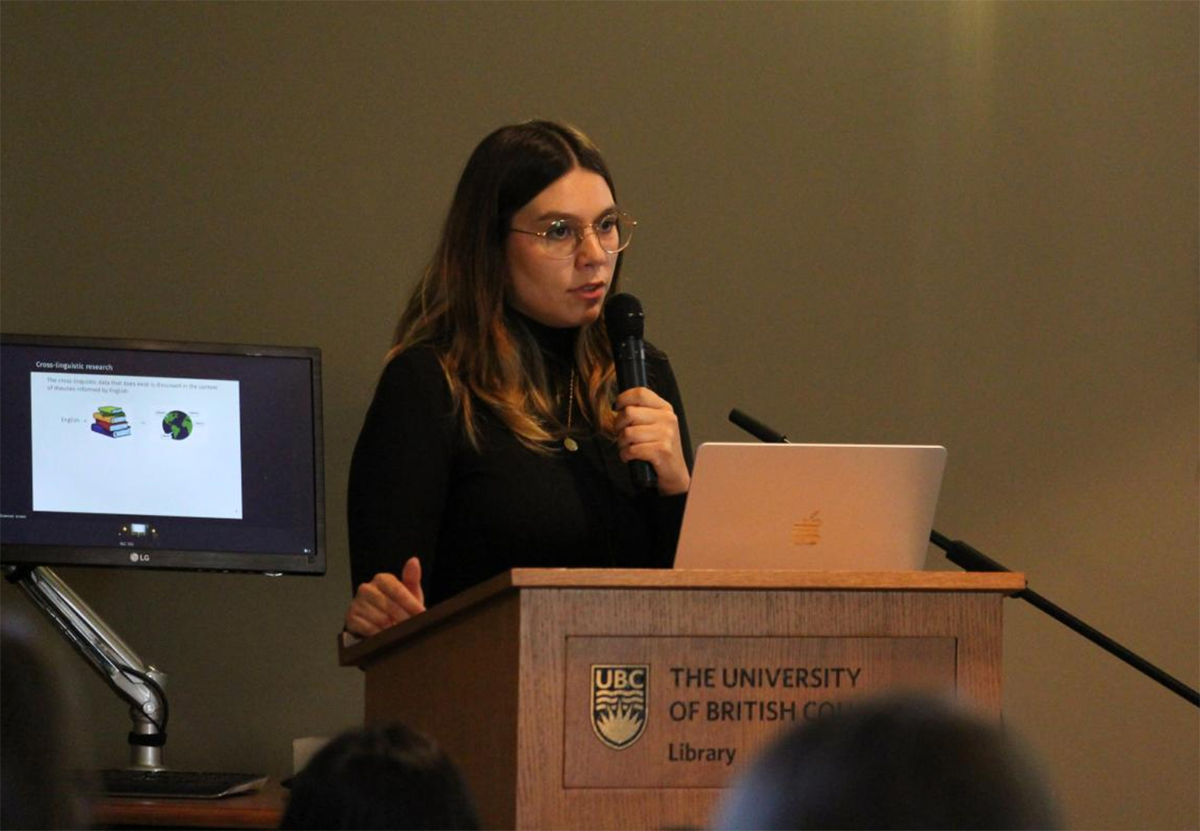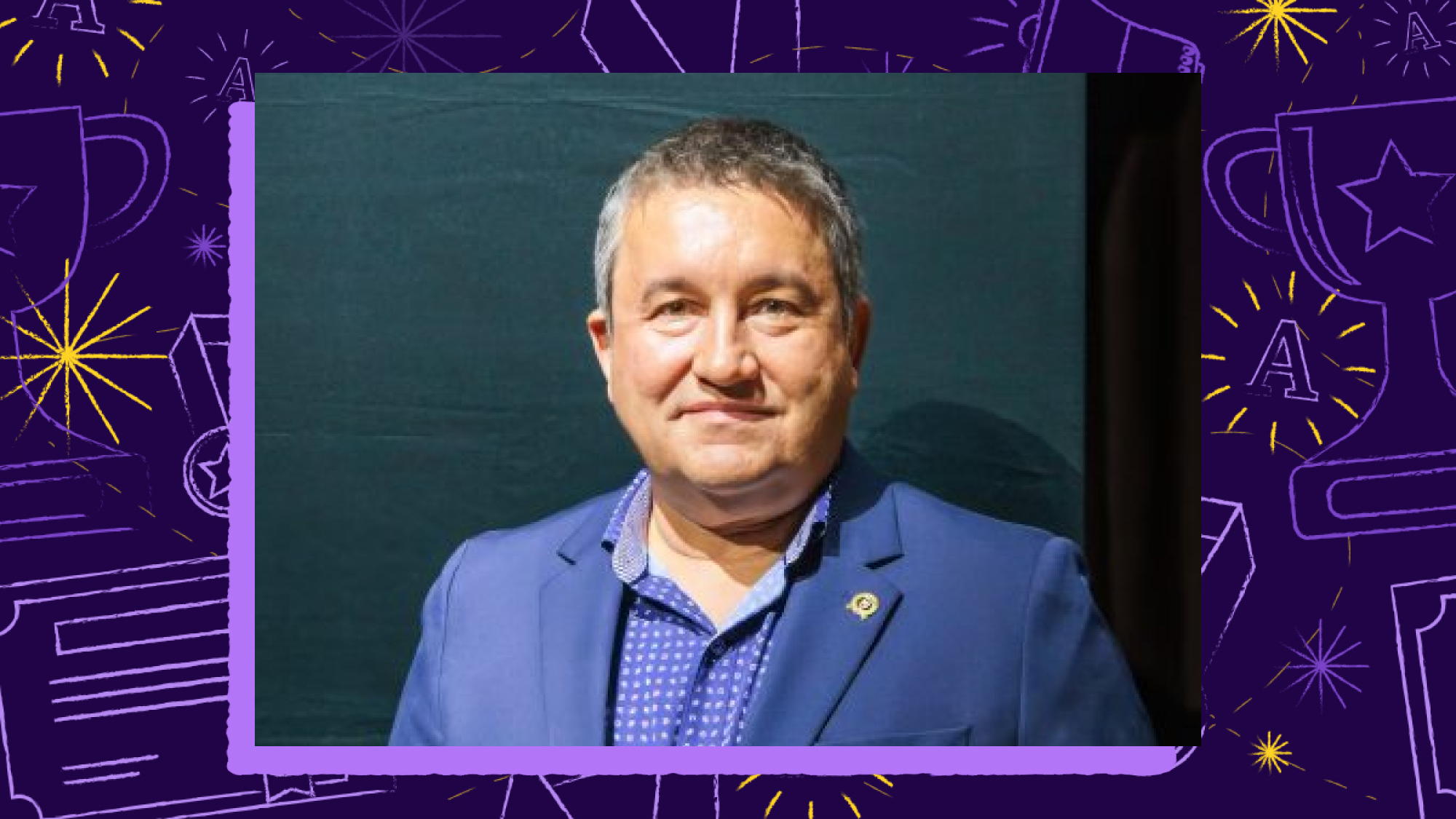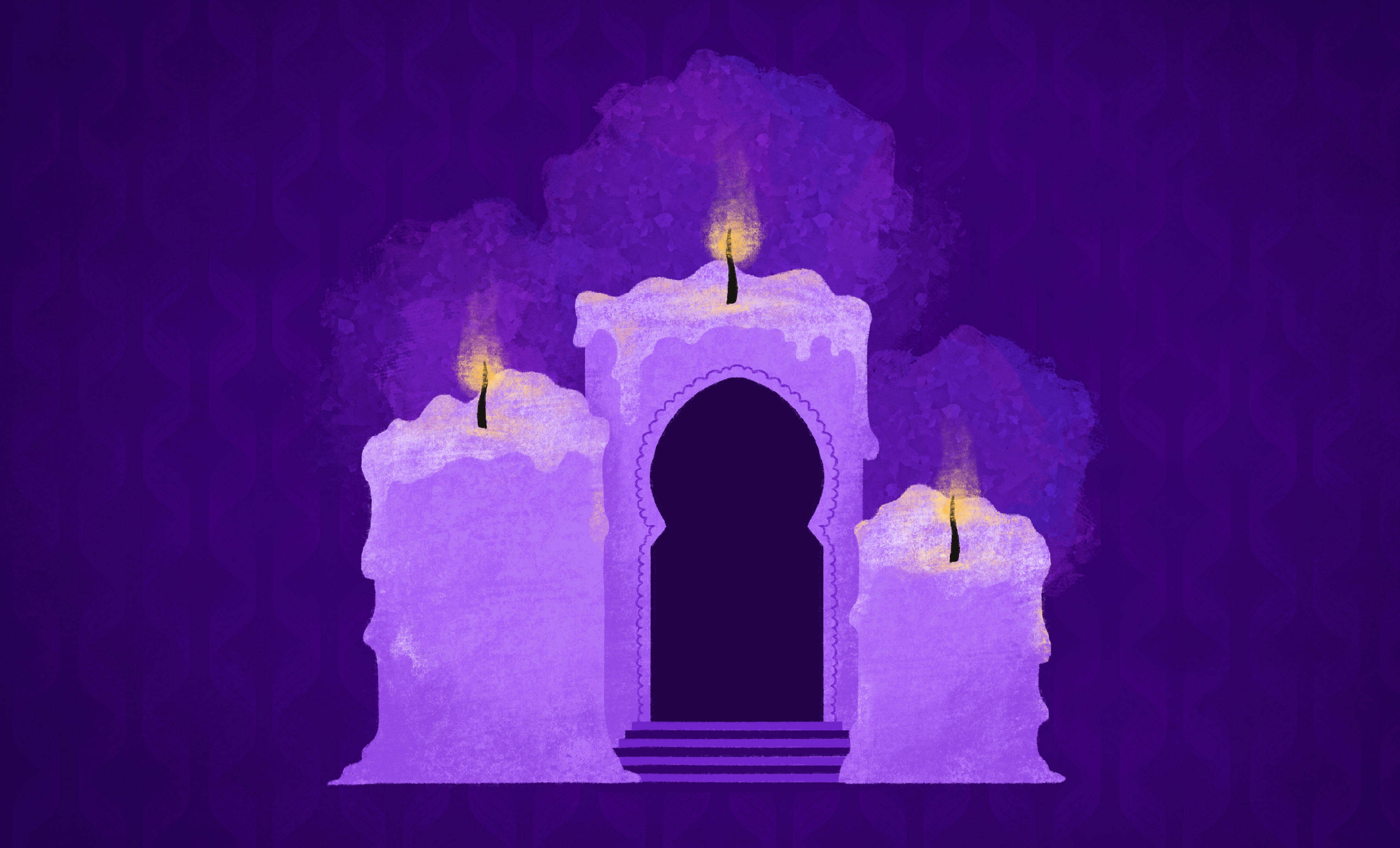

Anti-Muslim hate is an everyday reality for Muslim communities in Canada and across the globe. Statistics Canada data on hate crimes between 2009 to 2020 shows a steady increase of anti-Muslim incidents across Canada. In 2017, the shooting at the Islamic Cultural Centre further increased the spike by 150% compared to the previous year according to Global News. To honour the victims and express solidarity with the survivors, January 29 has been marked as the National Day of Remembrance of the Quebec City Mosque Attack and Action Against Islamophobia.
With the continuing emergence of anti-Muslim sentiments during the pandemic—from Toronto to Vancouver—we spoke with Dr. Alifa Bandali, a lecturer in the Institute for Gender, Race, Sexuality, and Justice, about her research on anti-Muslim hate, how the pandemic has shaped perspectives towards the Muslim community, and what Muslim women are doing to expand their representation in society.
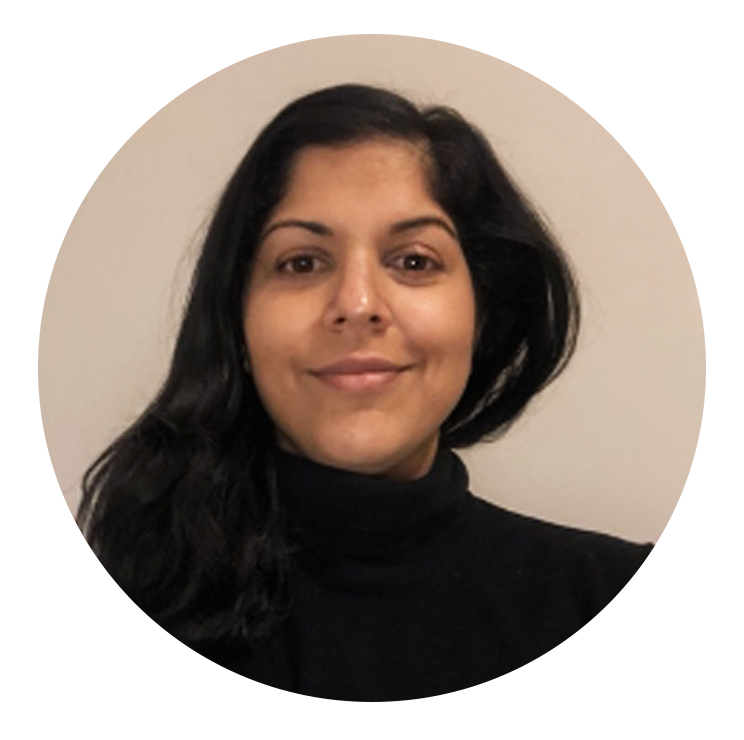

Dr. Alifa Bandali (she/her)
Lecturer in the Institute for Gender, Race, Sexuality and Social Justice
Dr. Bandali’s research focuses on feminist activism both in institutional and creative spaces.
Can you share a summary of your research and how it relates to anti-racism?
My research seeks to make visible the invisible. What I mean by this, is to recognize and name systems of oppression including racism, sexism, capitalism, colonialism, and white supremacy, which often work together to marginalize groups and communities. In particular, my work seeks to engage in conversations, discourses and questions that focus on Muslim women and their representation. For example, what kinds of visibility do Muslim women have in the media? What types of stories are being told, and in what ways? I am especially interested in sites of resistance. This is where I would argue creative spaces are important. I see Muslim women creatives as vital in challenging stereotypical and dominant representations of Muslim women that locate them as oppressed, as victims or villians, ultimately, they are to be feared.
How would you describe present day anti-Muslim hate in Canada?
This is a difficult question. Anti-Muslim hate can and does encompass so much. Anti-Muslim hate can be through the realities of symbolic and physical violence. It can be interwoven into the social fabric of everyday life that enables Islamophobic sentiments that make assumptions about Muslims. For example, Muslims are to be feared, to be made othered, which further vilifies Muslim communities. We often see this in popular culture and representations of Muslims. Thinking more specifically about the intersections of gender, race and religion, one of the most visible depictions that I often refer to, and one I continue to think with is the second Sex and the City film from 2010. While it’s been over ten years, the images of Muslim women, especially those who veil, put forward the notion that they are backward, and in need of being saved and westernized.
What is Bill 21 and why does this discriminate against Muslim women?
Anti-Muslim hate can also take shape through laws and policies such as what is happening in Quebec with Bill 21 that inherently discriminates against Muslims and specifically Muslim women who choose to veil. Bill 21 remains controversial, as it has been made a law in Quebec. It seeks to ban public workers from wearing religious symbols when at work. Recently, a Quebec elementary school teacher was forced to leave her job after she was told wearing a veil violated the province’s law that prohibits public workers from wearing religious symbols. Many have spoken out against the Quebec law, but what we are seeing in terms of discriminatory laws and policies are not anything new. France has, and continues to have a long history of banning face coverings in public. Similarly, other European countries are following suit. Popular culture, the media, laws and policies allow us to examine how hate materializes, specifically when we consider anti-Muslim sentiments that manifests in deadly mass shootings such as the Quebec City Mosque Shooting. It’s important to never forget, but how do we move forward? A question that I continue to grapple with, especially in efforts to recognize everyone’s humanity.
How has the pandemic and other recent events affected anti-Muslim hate in the past year?
For me, hate is difficult to describe, because it takes shape in so many different ways. It can be a slur—it can be physical violence, it can be being discriminated against based on the way one appears or dresses, or even being told: ‘go home’. As this relates to anti-Muslim hate, all of this applies. However, with government and local masking mandates—which take shape quite differently across the globe—in some cases Muslim women are choosing to veil during the pandemic. For some, this religious and gendered practice can go unnoticed in public spaces requiring masks. Although this is not always the case. This doesn’t mean that anti-Muslim sentiments have dissipated, but rather the pandemic has allowed for public space to be viewed differently. I would argue more attention is being drawn to Muslim women’s veiling practices and the contradictions of laws in Quebec and even globally in France. In this way, we see resistance to discriminatory laws and policies informed by the global pandemic and masking mandates that in some cases see Muslim women wanting to veil, to speak back to goverments and to take action.
How do you challenge dominant perceptions and stereotypes when it comes to visible practices such as veiling?
This is something I explore in my teachings and classes. I am not sure I will be able to speak to the entirety of this question here. One of the ways I seek to challenge dominant perceptions and stereotypes is to draw attention to the visual world. I am interested in what artists are doing. What can artist interventions do to visualize the complexities of veiling and to challenge how Muslim women are understood. It’s taken a lot of time, and this is ongoing, for me to think about my own commitment towards challenging the status quo, especially how this impacts Muslims. When I was younger, I wanted to fit into what I thought being Canadian was. For me, it was a proximity to whiteness, to distancing myself from Islam, from faith, from being Muslim. This is where I take inspiration from artists and creative interventions, academics, writers, storytellers and people in everyday life who continue to challenge anti-Muslim hate and discrimination.
“There are so many powerful Muslim women artists in Canada and across the globe whose works resist and speak back to dominant tropes and stereotypes.”
Many artists, such as Australian performance artist Cigdem Aydemir, are representing themselves, and are challenging dominant and hurtful representations of Muslim women. This is to reconfigure how Muslims have been represented, and to carve out spaces for more voices and representations. There are some really wonderful Muslim women artists in Canada, in particular the Greater Toronto Area who have put on exhibitions such as (Mus)interpreted, hosted by the Truth and Dare Project.
What concrete actions can be taken to combat anti-Muslim hate, systemic racism and religious discrimination?
To read. To build our resources, communities and networks. To realize there is no one way of combatting hate, systemic racism and religious discrimination, but to find our own pathways. As many activists have noted, to explore and work on issues that are important to us. To recognize this is life-long work.
“Be open to conversations of where hate comes from and start being honest with ourselves, and being open to others.”
2020 was termed a year of racial reckoning. This is important as we are seeing communities using social media, art and policy work to create a world that imagines a futuring. This allows for many communities of colour, for black and Indigenous folks to build solidarities, while also recognizing different histories of discrimination, and of systemic and institutional barriers. As we enter 2022, there is a continued struggle for racial justice, but many hardships remain. What is becoming more apparent in the global pandemic is exhaustion. The year 2021 seemed to go by so quickly, and many are still reeling from fatigue and uncertainty. Imagining what a future of a more just world for all could look like, sometimes seems so distant. But then, I am reminded of Muslim artists such as Aydemir, the Truth and Dare Project and folks who continue to resist, to take action and not accept things the way they are.
